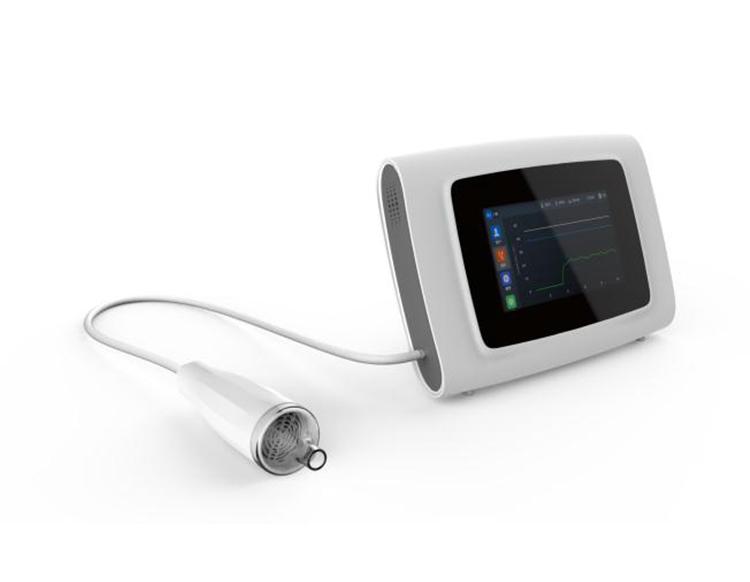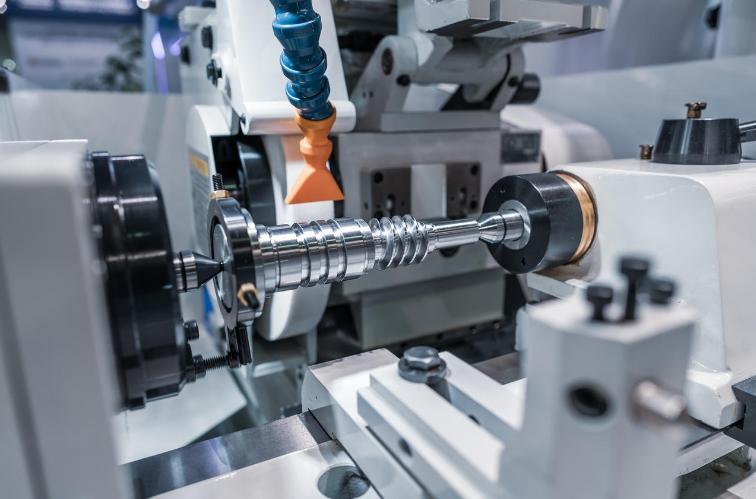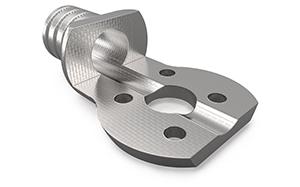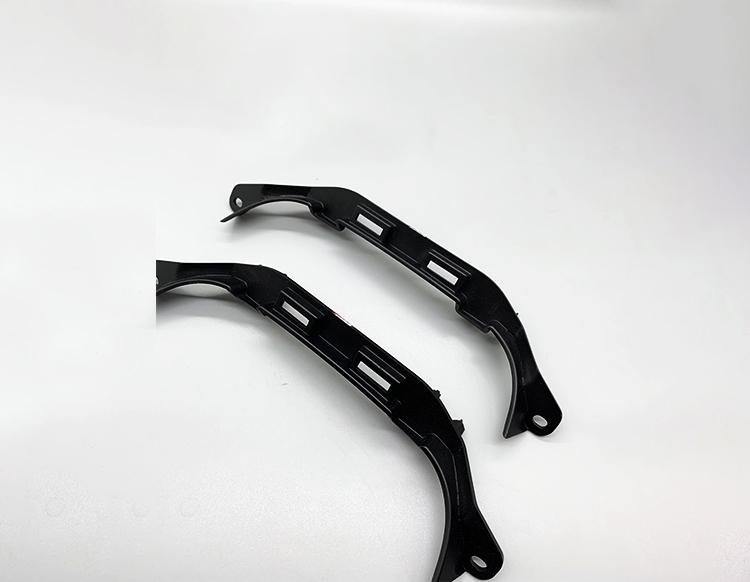“While SpaceX iterates rocket nozzles in 48 hours with 3D printing, Toyota cuts titanium driveshafts with CNC – there’s no ‘best’ rapid prototyping technology, only the There is no ‘best’ rapid prototyping technology, only the solution that best matches the pain point. As MetaMotion’s chief engineer, I’ve dismantled 327 failure cases, and today I’m using a table + three iron laws to end your CNC vs 3D printing choices.”
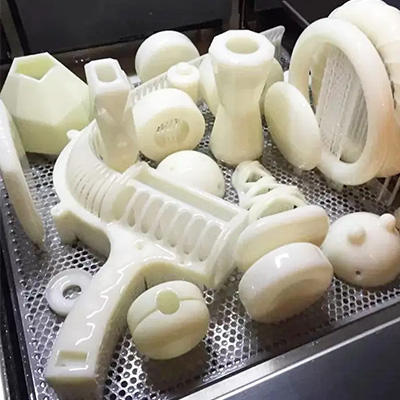
I. the cost of fighting: small batch to save 48% vs. 300% cost reduction in large quantities
3D printing “blitzkrieg” advantage:
▶ modification costs to zero: design iteration without reprogramming, 5 days to complete the 5 version of the iteration (CNC requires 22 days + $19,500 mold repair fee)
▶ waste rate of only 5%: titanium alloy and other precious metals, utilization rate of 95% +, compared with the CNC to save 300% of the cost of materials26
▶ hidden costs: free fixture / tooling input, less than 10 pieces of cost reduction. /tooling input, the cost of less than 10 pieces crushes CNC
CNC’s “Economics of Scale”:
▶ Costs fall off a cliff when the batch size is >50 pieces: after sharing ¥38,000 in tooling costs, the cost of a piece is as low as 1/32nd of a 3D print.
▶ The king of cost-effectiveness for metal parts: the cost of aluminum parts in bulk production is 60% lower than that of metal 3D prints7 Engineer’s Formula: Annual cost of production is only 5%. 60% lower than metal 3D printing
Engineer’s formula:
≥2 revisions per year + lead time <10 days + material unit price >$50/kg = must choose 3D printing
II.the material duel: CNC can eat 157 kinds of metal vs 3D printing subversion is not possible
CNC’s “Arsenal”
Aerospace-grade titanium alloy (TC4), medical PEEK, carbon fiber composites – tensile strength > 800MPa, crushing 3D printing
Deadly limitations: difficult to process super-hard alloys (eg, Inconel 718) tool loss ↑ 300%.
3D Printing’s “Black Technology”
Topology optimized structure: unibody skeleton lattice, 40% weight reduction to maintain strength (preferred for drone arms)
Bio-compatibility pitfalls: industrial resins passed off as medical grade lead to project rework – recognize ISO 10993 certification
Tear-jerking case: a medical start-up used desktop-grade PLA to print surgical guides, which were deformed by 3.2mm after sterilization, leading to surgical failure. Failure – Functional prototypes must be CNC or industrial grade SLA

III. the accuracy of life and death line: ± 0.025mm gap determines the life and death of the product
| norm | CNC | Industrial Grade 3D Printing | Desktop 3D Printing |
|---|---|---|---|
| Dimensional tolerances | ±0.025mm | ±0.100mm (SLM) | ±0.500mm |
| Minimum wall thickness | 0.75mm | 0.40mm (SLM) | 1.0mm |
| Surface roughness Ra | 0.4μm | 3.2μm (to be polished) | 12.5μm |
Engineer’s warning:
Dynamic fit parts such as transmission gears/seal rings: CNC is the only option
Shell/modeling verification parts: 3D printing + microblasting to achieve a similar effect!
IV. the freedom of design: 3D printing’s “downward strike” moment
CNC’s Achilles’ heel:
▶ Cannot process negative angle cavities (need to split and weld)
▶ Inner right angle must retain R angle (tool radius decision)
3D printing’s nuclear weapons:
▶ Hollow runners (rocket fuel valves have been used)
▶ Gradient density structure (patented bionic joint technology)
Counter-common sense insight:
“CNC 5-axis machines can cut turbine blades, but the hybrid process of 3D printing + CNC finishing has increased GE engine blade yields by 22%” – MetaMotion Aerospace Project Fact Sheet
V. The delivery speed paradox: Who steals your 28 days?
3D Printing Blitzkrieg:
▶ From CAD file to prototype in hand: 24-72 hours (MetaMotion North American Warehouse Extreme Service)
▶ Fatal delay: unprepared overhanging structure → double the time for support removal
CNC’s Comeback:
▶ 10-piece aluminum alloy shell: CNC batch machining Faster than 3D Printing (Parallel Machining vs. Layer-by-Layer Printing)
▶ Time-saving secret: Pre-mill standard blanks → shorten clamping 40% shorter clamping time
VI. Strength Showdown: “Resurrection Armor” Before Functional Testing
CNC’s Reign:
▶ Vibration Test Bench: 6061-T6 Aluminum Alloy CNC Parts Withstand 20G Acceleration
▶ High Temperature Environments: PEEK Maintains Strength to 260°C (3D Printed ULTEM Only 160°C)
3D Printing Against the Odds:
▶ Carbon Nylon SLS: 120MPa flexural strength, comparable to die-cast aluminum
▶ Anisotropy Trap: Z-axis strength is only 60% of XY-axis – must declare direction of force!

